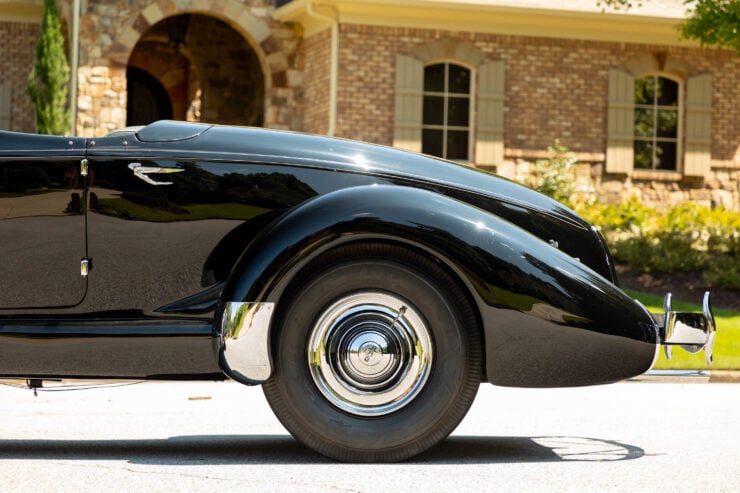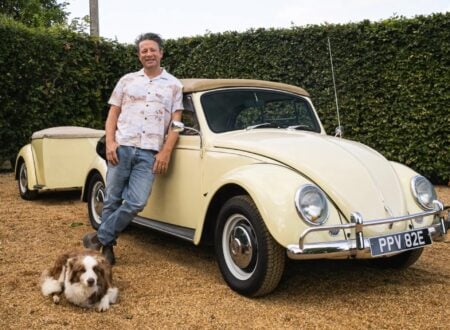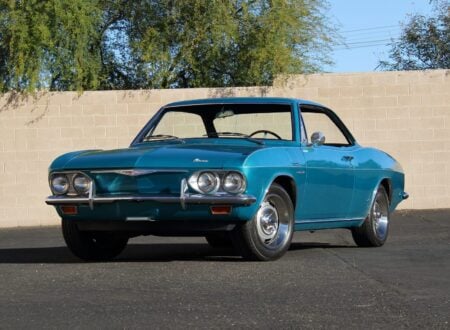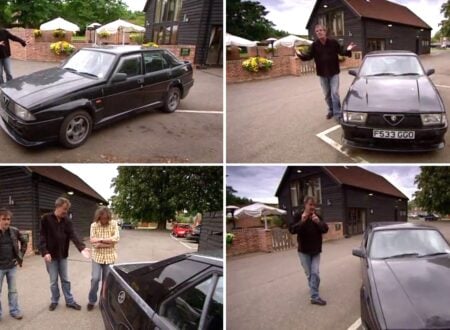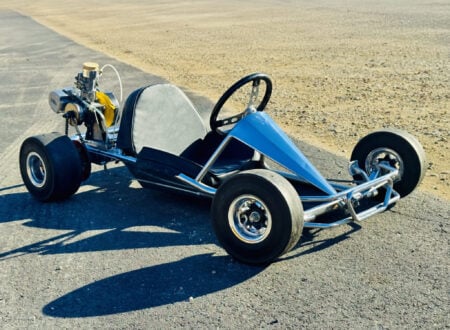There can be little doubt that the Auburn 851 Supercharged Boattail Speedster is one of the most beautiful cars of its age, if not of all ages, and it stands as a high point of American automobile design from the pre-WWII era.
Designed by the legendary Gordon Buehrig, the Auburn Speedster is a car that’s every bit as fast as it looks thanks to its inline-eight cylinder, 4.6 liter flathead engine mated to a Schweitzer-Cummins centrifugal supercharger – total power output is 150 bhp.
Fast Facts – The Auburn 851 Supercharged Speedster
- Released in 1934 as a successor to the Speedster 125, the Speedster 851 featured stunningly beautiful bodywork styled by designer Gordon Buehrig.
- Unusually for the time, the supercharged Speedster 851 was capable of exceeding 100 mph, and each car came with a plaque on the dashboard to guarantee to this ability.
- The 1930s were an exceedingly difficult time for American automakers, particularly those who made high-end luxury cars. The Great Depression has caused widespread financial ruin, and many car companies didn’t survive.
- Born into this tumultuous time, the Auburn Speedster 851 managed to mark up approximately 150 sales over its four year production run, though Auburn did succumb to bankruptcy in 1937.
The Boattail Speedster 851
The Auburn Eight Supercharged Speedster, more commonly known simply as the Speedster 851 or simply as the Auburn Boattail, was released in 1934 to universal acclaim. Heralded as a masterpiece of automotive design, the sweeping lines and boattail rear of the car hinted at its high-speed ability.
A classic Gordon Buehrig design, the 851 and the subsequent 852 were among the fastest production cars of their age. By this time Buehrig was already a celebrated designer, having penned the Stutz Black Hawks that competed at Le Mans and the beautiful Duesenberg Model J.
After the Speedster 851 Buehrig would style the Cord 812 (and 810) which were similarly lauded for their good-looks and high-speed performance.
Like many cars of the era the Supercharged Speedster used body on chassis design with non-independent suspension front and rear on leaf springs. Power was provided by an unusual flathead straight-eight engine that was built in unit with the transmission.
The swept capacity of the engine is 280 cubic inches or 4.6 liters (4,585cc), it was fitted with a Strombreg downdraft carburettor feeding through a Schweitzer-Cummins centrifugal supercharger.
Thanks to the fitment of the blower the engine was able to turn out 150 bhp at 4,000 rpm, a marked increase over the 115 bhp of the naturally aspirated version. The power is sent to the rear wheels via a three-speed manual transmission and a two-speed rear end, effectively giving the car six forward speeds.
With all that power on tap the car needed the best brakes that were available, so Auburn fitted each Speedster with hydraulic Lockheed drum brakes front and rear.


Each 851 came with a plaque on the dashboard that said:
“This certifies that this AUBURN AUTOMOBILE has been driven 100.1 miles per hour before shipment.”
It was signed by land speed record holder David “Ab” Jenkins, though of course he didn’t personally drive each car to over 100 mph it was a successful marketing tool and modern Speedster owners love to show the plaque off.
The reason for the addition of the plaque was that the 851 Speedster was the first American production car in history to average a speed of 100 mph over a 12 hour period in an endurance test.
Remington Steele And The Faux Speedster
Decades after the Speedster 851 left production and the Auburn Automobile Company went bankrupt the car suddenly shot back into the public conciousness thanks to the American television series Remington Steele starring Stephanie Zimbalist and Pierce Brosnan.
Brosnan played a smooth talking conman in the series who played the part of Steele, the role would later help catapult him into the most famous role of his career, that of James Bond.
In season two of Remington Steele the detective agency acquires what appears to be a 1936 Auburn Boattail Speedster which was used in a number of episodes. The truth of the matter is that the car was actually a replica, however it looked real enough to fool all but the most experienced eye.
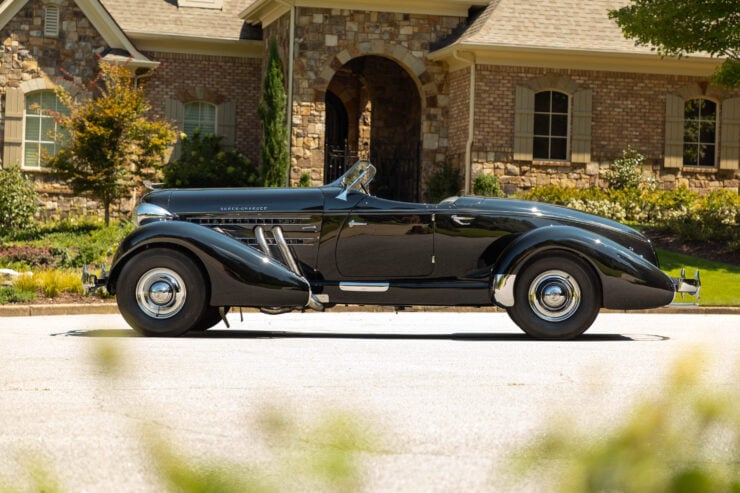

The 1935 Auburn Eight Supercharged Speedster Shown Here
The can you see here has had its history traced back to the early 1950s at which time it belonged to Dr Fred Zaidan of Pennsylvania.
The doctor and his family kept the car in their possession for 46 years in total, not selling it until 1998 when second-generation Auburn and Cord aficionado Hal Bjorklund acquired it. Bjorklund then hired Auburn specialist Mark Clayton to fully restore the car back to original condition.
After its restoration the car took Primary First Place at the ACD Club National Reunion in Auburn, Indiana. It would later be awarded Senior First Place and Best of Show at the Club’s West Coast Meet, and it was Certified Category 1 by the ACD Club.
It’s now due to roll across the auction block with RM Sotheby’s on the 8th of October with a price guide of $700,000 – $900,000 USD, and it’s being offered with no reserve. If you’d like to read more or register to bid you can click here to visit the listing.
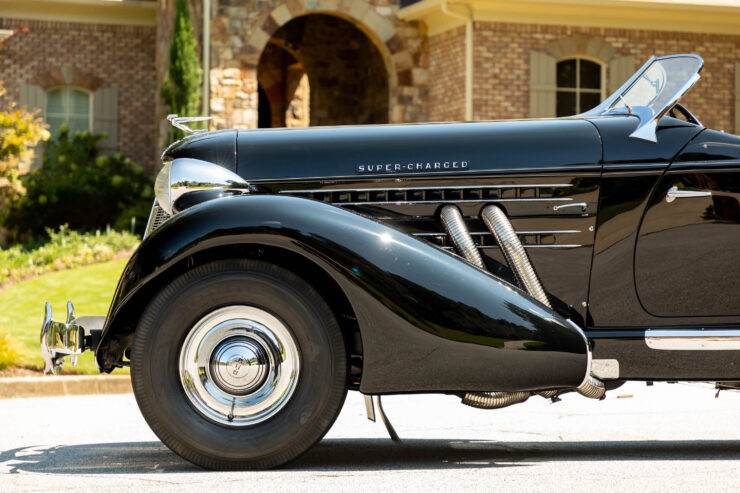
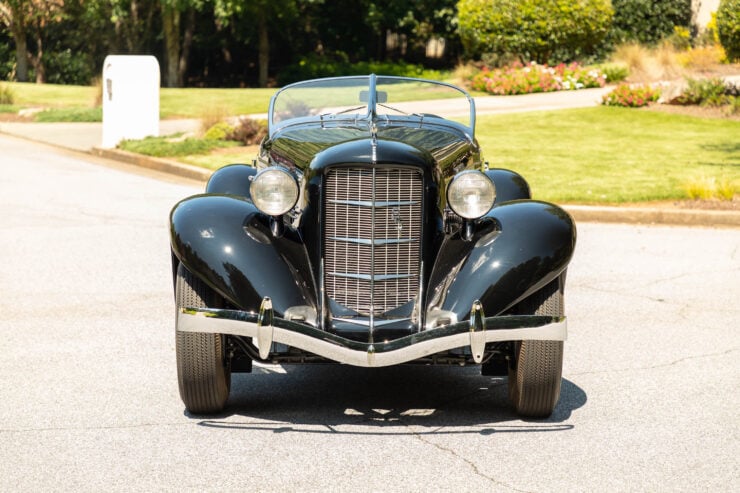
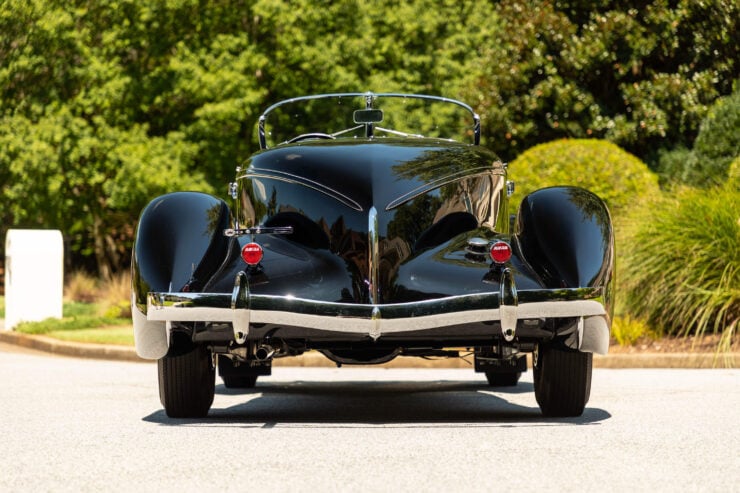
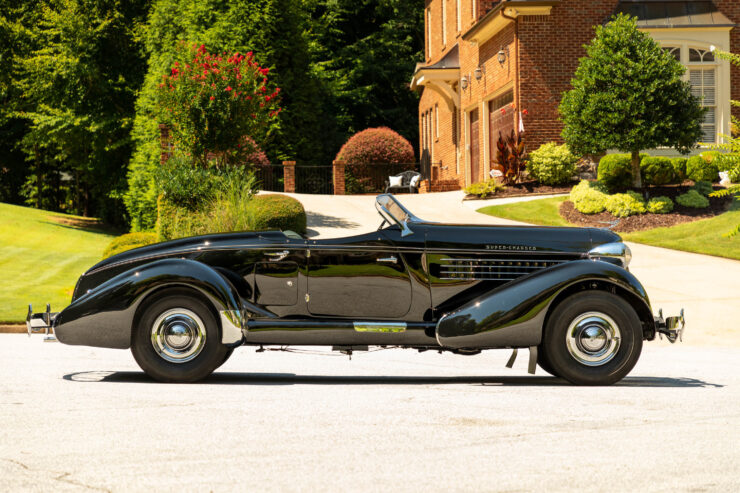
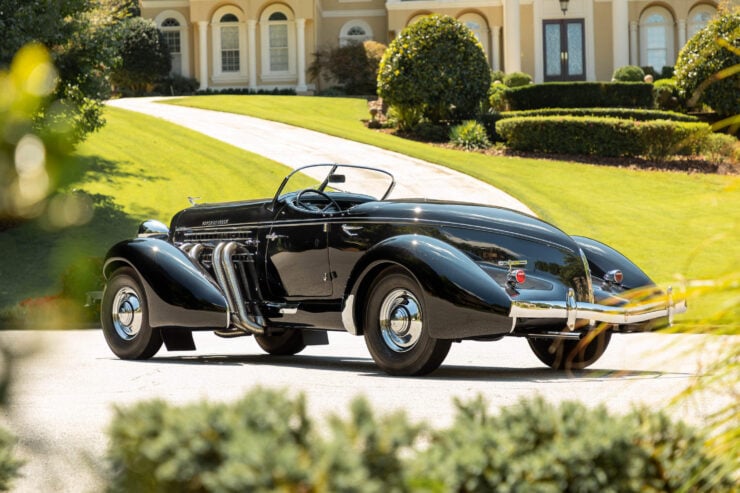
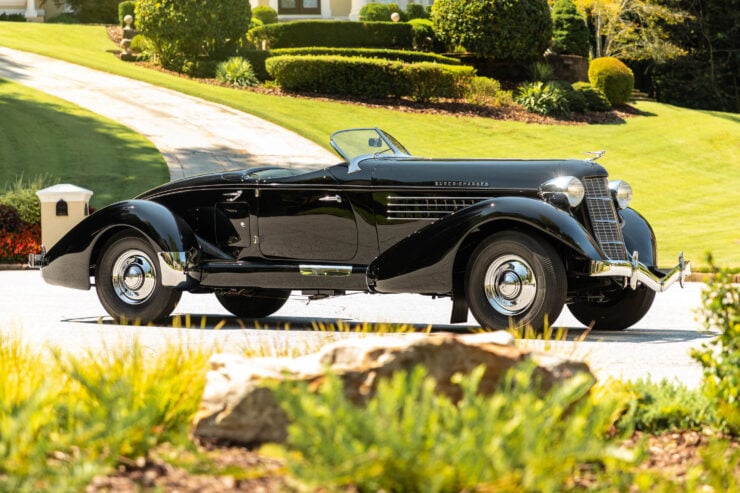
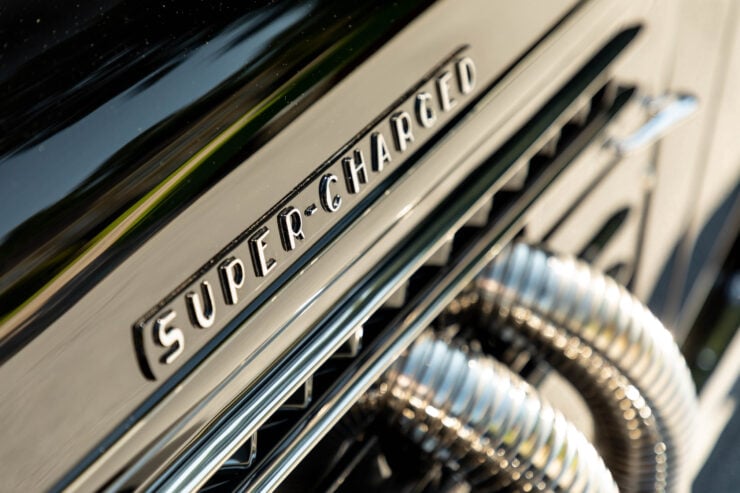
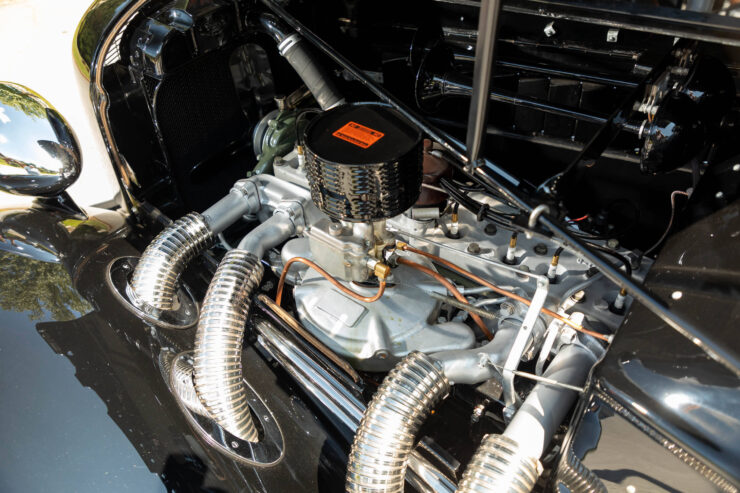
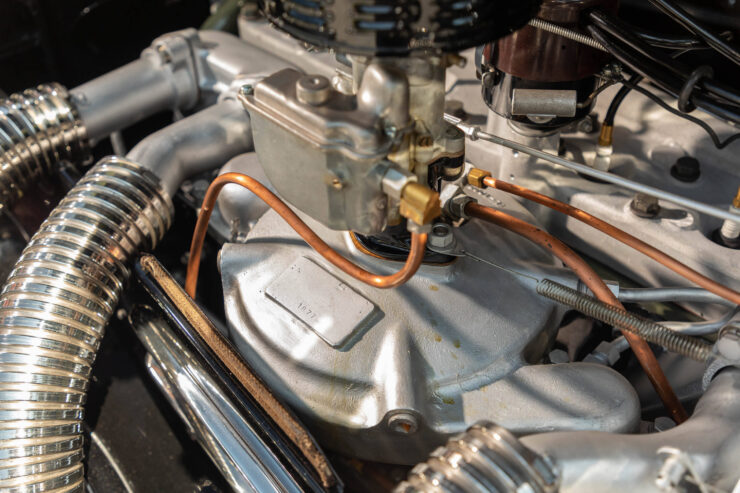

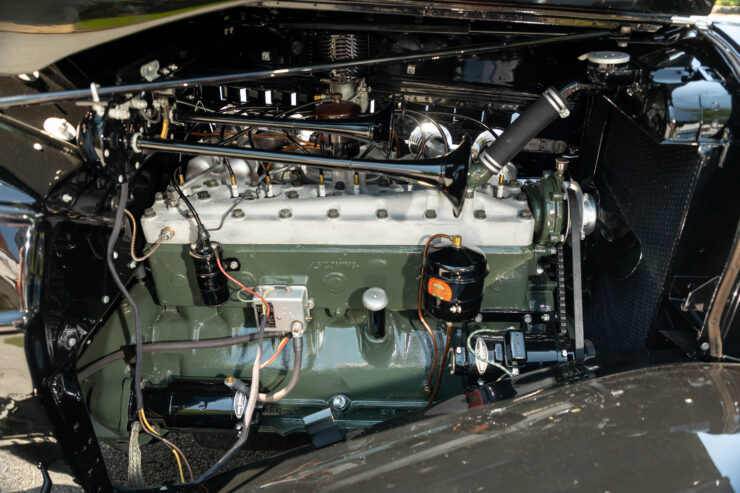
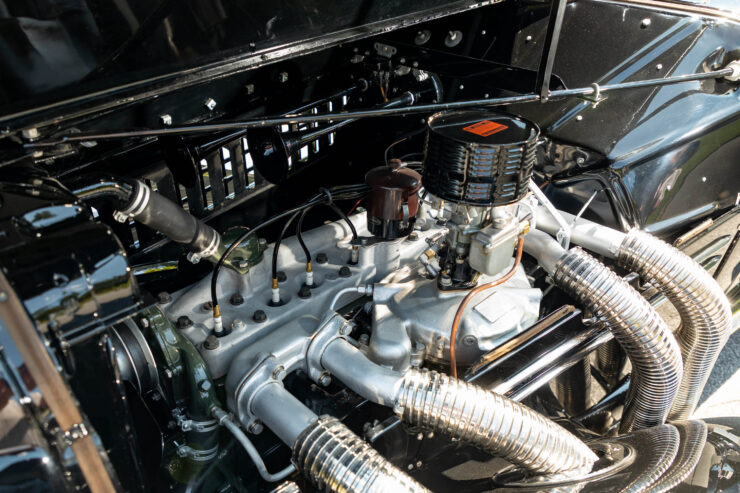
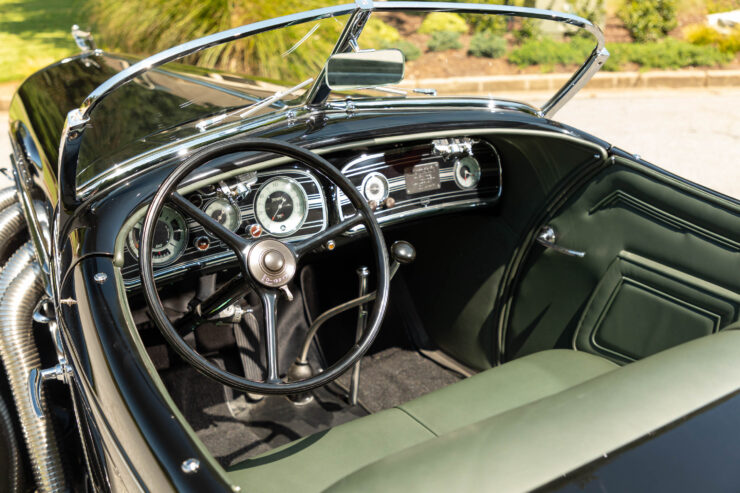
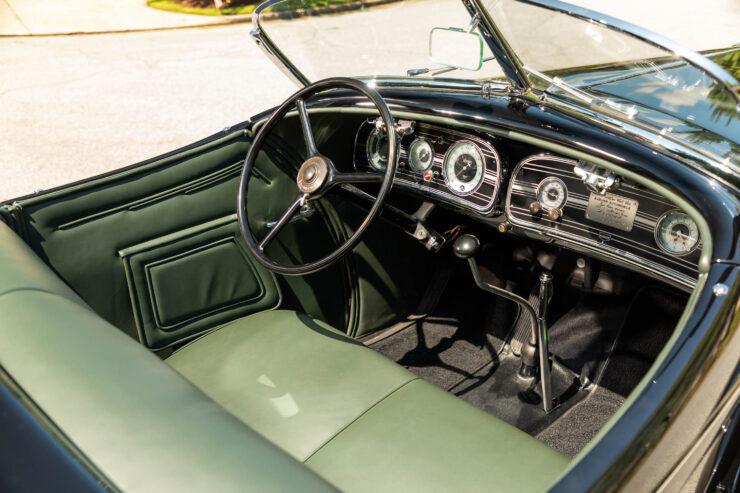
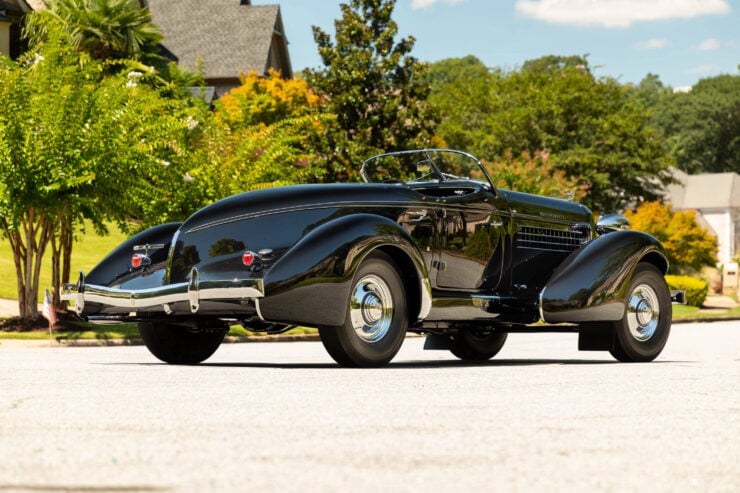
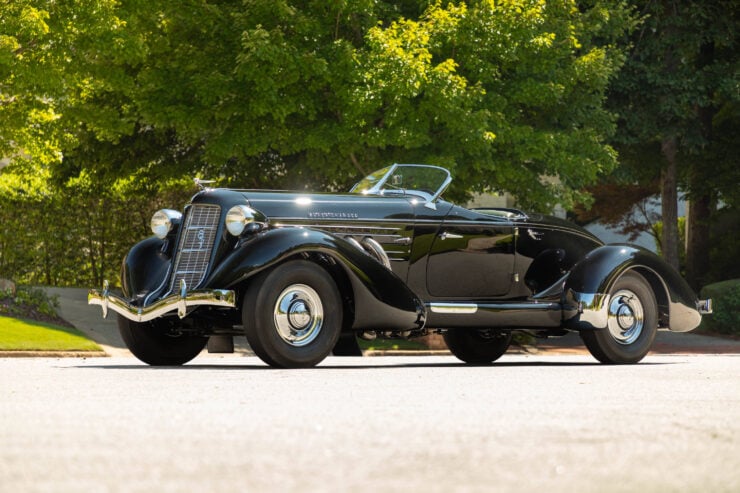
Alex Stewart ©2021 Courtesy of RM Sotheby’s


